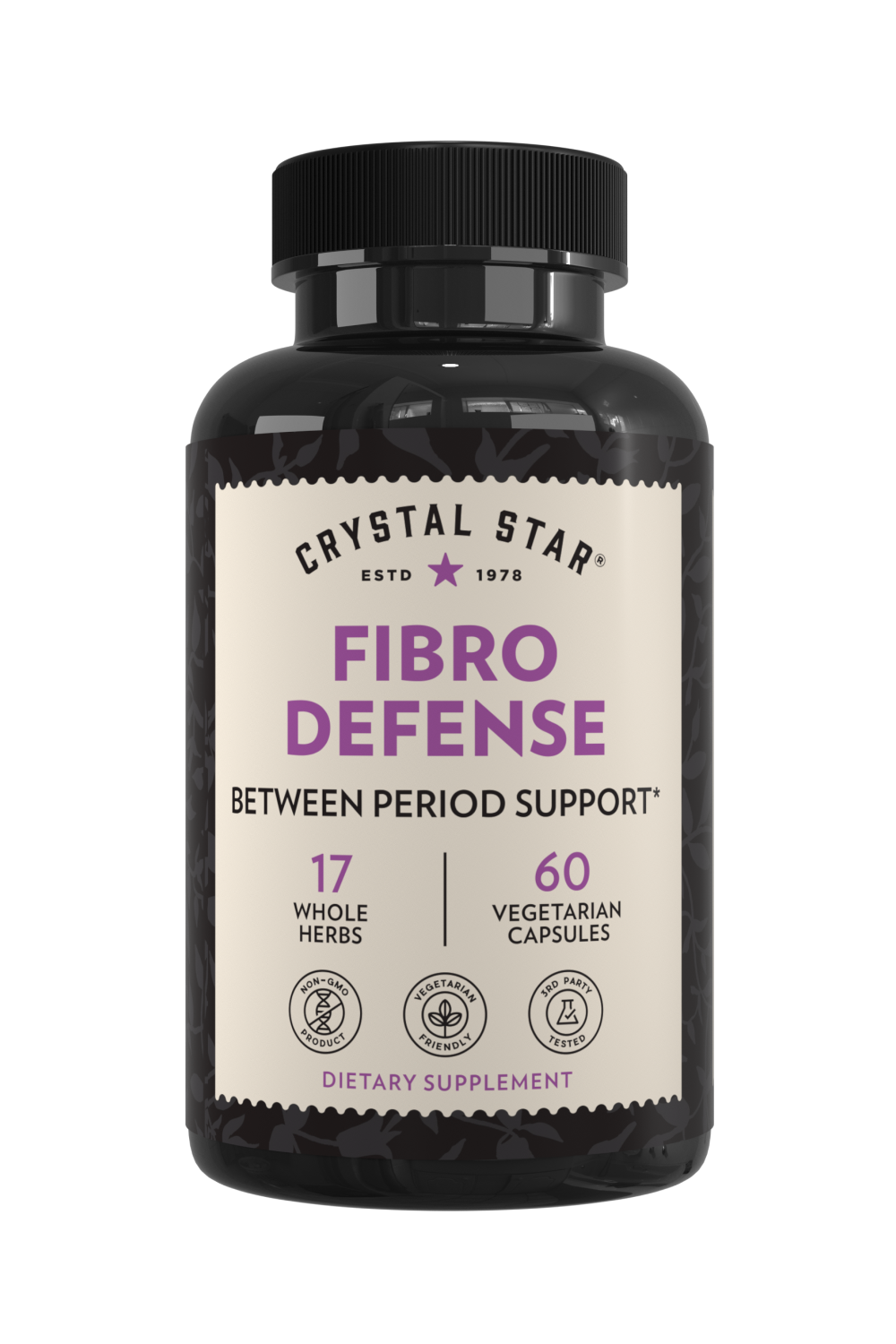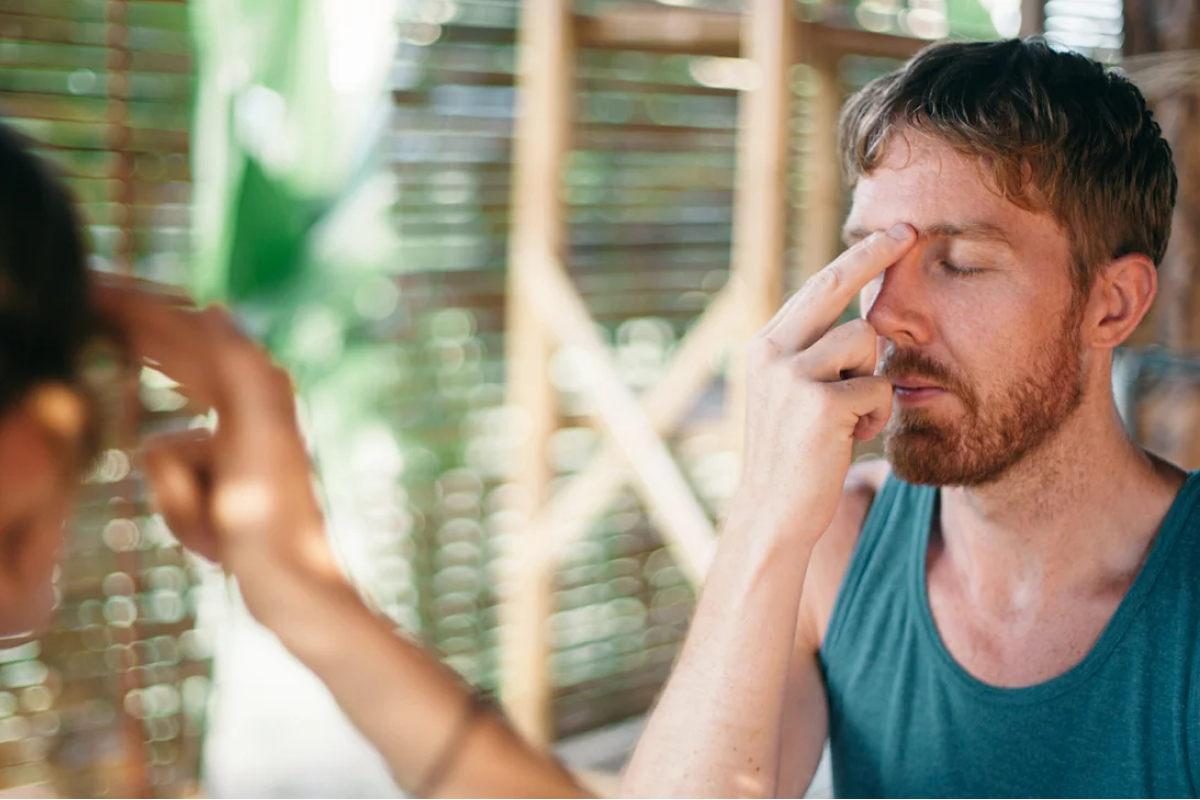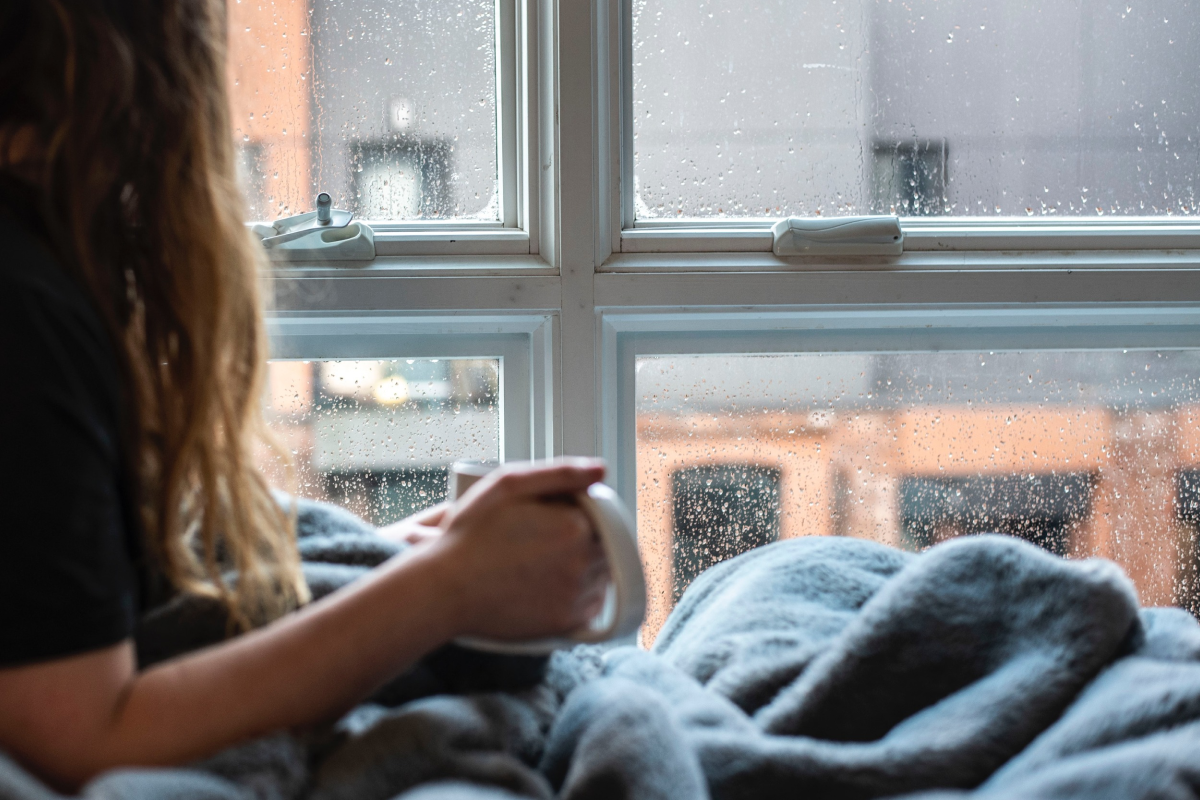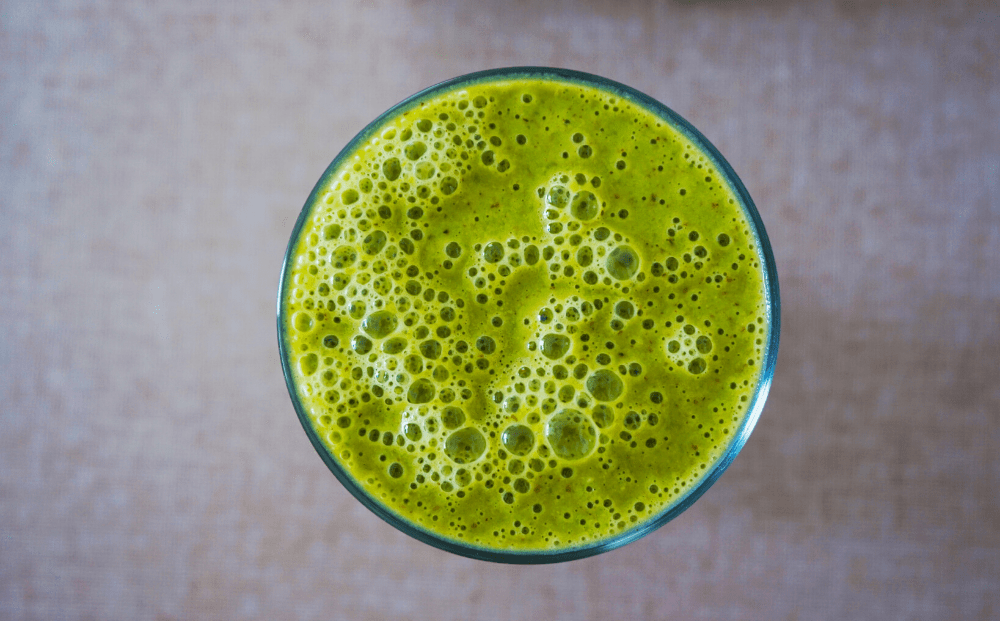
What A Radiologist Says About Breast Cancer Screening Now
Photo by National Cancer Institute on Unsplash
Breast cancer screening guidelines have changed a lot in the past few decades. Even in 2020, experts continue to disagree on when women should begin regular breast cancer screening. With so many differing opinions, it’s easy to get confused about your options.
We decided to sit down with breast imaging radiologist, Jerome Schroeder, MD—a specialist in the detection and diagnosis of breast cancer—to get an expert’s perspective on this controversial health topic.
In this post, we’ll highlight your breast cancer screening options and evaluate the associated risks. We’ll explore guidelines and recommendations for regular breast cancer procedures and determine when you can start screening for this common disease.
What is breast cancer screening?
Breast cancer screening is the process of checking healthy, asymptomatic women for signs of early breast cancer. This process centers around annual mammograms and may also include clinical breast exams, self-exams, and additional medical imaging. The point of breast cancer screening is to catch cancer before it becomes aggressive and spreads to other parts of the body. And according to Dr. Schroeder, when it comes to fighting this disease, “early detection is the best protection.”
SO LET’S DIVE INTO YOUR OPTIONS:
Mammograms
Mammograms—breast X-rays—can help physicians find early cancers up to three years before you can feel them by hand.[1] Numerous scientific studies have proven mammography to be a powerful tool for saving lives.[2] In Sweden, women who received regular mammograms reduced their risk of dying from breast cancer by 41%.[3]
However, the age that you should begin scheduling regular mammograms is not as clear. The American College of Radiology recommends one mammogram every year for all women 40+.[4] The American Cancer Society suggests they begin at age 45.[5] And the US Preventative Services Task Force (USPSTF) recommends mammograms every other year starting at age 50.[6]
So when should you start: 40, 45, or 50?
“Breast cancer incidence increases every decade for women starting in their 20s, but it really accelerates in the 40s and picks up even more at 45,” says Dr. Schroeder. “Fifty is a placeholder for an expected physiological change in women: menopause. But really, premenopausal breast cancer is much more aggressive overall than postmenopausal breast cancer.”
In 2009, when the USPSTF changed its recommendations for mammograms to begin at 50, numerous major cancer agencies released statements voicing their support for annual mammograms for all women starting at age 40.[7] And one study showed that annual mammography screening from ages 40-84 could save the lives of about 65,000-100,000 women in the US.[8]
Despite these differences of opinion, US health authorities agree that all women should have the right to choose annual mammograms starting at age 40.[9] And thanks to the 1992 Mammography Quality Standards Act, you don’t even need a doctor’s referral to schedule your next mammogram (although not all clinics accept self-referred patients).[10]
Clinical Breast Exams
Your primary doctor or gynecologist can provide you with a clinical breast exam. During your exam, your doctor will evaluate the appearance of your breasts and feel for lumps in your chest and armpits.[11]
Similar to self-exams, experts question the efficacy of clinical exams for diagnosing breast cancer. The American Cancer Society no longer recommends clinical exams, stating that the need for them has decreased as mammography technology and women’s awareness have improved. They noted that clinical exams may still offer benefits, but should not be used as an alternative to mammography screening.[12] A recent Candian study found that combining clinical exams and mammograms increased the chances of detecting breast cancer by 18.3%.[13]
Self-Exams
The best part about breast cancer self-exams is that you can do them at home for free. These exams require women to feel their breasts and search for unusual textures, pain, or lumps.
“You typically don’t need to worry about breast pain unless it’s associated with a focal mass,” Dr. Schroeder explains. “For lumps: is it as hard as your elbow, rubbery like a rubber ball, or soft like a marshmallow? If it’s rubbery or soft, the vast majority of the time (especially if it fluctuates or moves around), it’s not going to be cancer—if it’s hard like your elbow, you need to come in.”
Recently, there is debate over the value of self-exams; some institutes no longer recommend it, while others encourage women to check themselves monthly.[14] [15] [16] A 2011 report found that 25% of breast cancer survivors in the US detected their cancer through self-examination. The American Cancer Society states that all women should be familiar with their breasts and report any sudden changes to their physicians.[17]
If you want to know more about conducting a breast cancer self-exam, check out these tips from The National Breast Cancer Foundation.
Is Breast Cancer Screening Worth The Risk?
Some breast cancer screening methods can have adverse side effects, including radiation exposure, anxiety, and unnecessary medical procedures. But how extreme are these effects, and are they worth the risk?
“The amount of radiation you get from a standard mammogram is equivalent to about seven weeks of background radiation (radiation you get just from existing on Earth),” Dr. Schroeder notes. “So one mammogram is about two months’ worth of radiation.”
To put this number in perspective, one x-ray of your upper gastrointestinal tract is nearly two year’s worth of background radiation. So, while mammograms do increase your exposure, the dose of radiation is very minimal.[18] [19]
The other risk often mentioned in breast cancer screening is the prospect of overdiagnosis.[20] With any method of screening, professionals may mistake low-risk benign tumors for breast cancer. A large Swedish study found that in women aged 55-69, 10% of reported breast cancer cases resulted from over-diagnosis.[21] This phenomenon can lead to unnecessary follow-up procedures that could cause anxiety.
However, in 2011, the FDA approved new 3D mammography technology that significantly increased breast cancer detection while reducing overdiagnosis. One review demonstrated that 3D mammography reduces the chances of being called back for follow up testing by 15%.[22] This form of screening can be especially helpful for women with dense breasts, which are harder to read on a 2D mammogram.[23]
In contrast, the main benefit of breast cancer screening is the possibility of saving lives. “Screening is about interrupting the natural course of cancer,” explains Dr. Schroeder. “40,000 people die of breast cancer every year in the US—that’s about one death every 13 minutes.”
One study compared how breast cancer screening affects both overdiagnosis and mortality rates. They found that the benefits statistically outweighed the harm, noting that between 2 and 2.5 lives are saved for every overdiagnosed case.[24]
Breast Cancer Awareness
Breast cancer screening guidelines are still highly debated worldwide. But expanding your knowledge and growing awareness of this disease could potentially save your life. Even though leading cancer authorities differ in their recommendations, women in the US have the right to annual mammograms starting at age 40.
Annual mammograms can increase your chances of survival by detecting breast cancer early. Clinical breast exams and self-exams can also be helpful screening methods, but they should not be used as an alternative to routine mammograms. Some breast screening methods may lead to minor adverse side effects such as low radiation exposure and unnecessary follow-up procedures.
“You cannot predict who gets breast cancer,” reminds Dr. Schroeder. “You can, however, decrease your chances of getting it by certain lifestyle choices, and if you detect it soon enough, you can almost always cure it—that’s really your best way to survive breast cancer with the least amount of treatment.”
If you want to learn more about which lifestyle choices can increase your risk for breast cancer, check out our sister post:
Stay In The Pink – Protect Breast Health With These Tips
Amie Durenberger is a professional naturalist and science journalist located in Minneapolis, Minnesota. Her writing has appeared in the Teaching Artists Journal and The Department of Natural Resources’ Minnesota Conservation Volunteer.
Since 2013, she has worked as an environmental educator, teaching children and adults about biodiversity, conservation, and edible and medicinal plant uses. She is passionate about providing the public with knowledge and resources in which they can use to promote personal health and develop a stronger connection to the land. She also recognizes that many herbal remedies originated in indigenous tribes and aims to always use healing plants in a way that respects and honors those original people. Amie’s favorite herbal preparations include fresh nettle tea, homemade plantain salve, and wild sumac lemonade.
______________________________________________________________
References
[1] https://www.cdc.gov/cancer/breast/basic_info/mammograms.htm
[2]https://www.sbi-online.org/Portals/0/Position%20Statements/2018/nov0818-mammography-primary-factor-in-reduced-breast-cancer-deaths.pdf
[3] https://acsjournals.onlinelibrary.wiley.com/doi/full/10.1002/cncr.32859
[4] https://www.acraccreditation.org/mammography-saves-lives/guidelines
[5]https://www.cancer.org/healthy/find-cancer-early/cancer-screening-guidelines/american-cancer-society-guidelines-for-the-early-detection-of-cancer.html
[6] https://www.uspreventiveservicestaskforce.org/uspstf/recommendation/breast-cancer-screening
[7]https://www.cancernetwork.com/view/major-cancer-agencies-respond-uspstfs-new-mammography-guidelines
[8]https://www.ajronline.org/doi/full/10.2214/AJR.10.5609?hits=10&author1=hendrick&sortspec=relevance&searchid=1&maxtoshow=&FIRSTINDEX=0&resourcetype=HWCIT&RESULTFORMAT=
[9] https://www.cdc.gov/cancer/breast/pdf/breast-cancer-screening-guidelines-508.pdf
[10]https://www.fda.gov/radiation-emitting-products/consumer-information-mqsa/frequently-asked-questions-about-mqsa
[11] https://www.nationalbreastcancer.org/clinical-breast-exam
[12]https://www.cancer.org/cancer/breast-cancer/frequently-asked-questions-about-the-american-cancer-society-new-breast-cancer-screening-guideline.html
[13] https://www.ncbi.nlm.nih.gov/pmc/articles/PMC4974039/
[14] https://www.nationalbreastcancer.org/breast-cancer-faqs/how-often-should-i-do-a-breast-self-exam-bse/
[15] https://www.maurerfoundation.org/about-breast-cancer-breast-health/how-to-do-a-bse-breast-self-exam/
[16]https://www.cancer.org/cancer/breast-cancer/frequently-asked-questions-about-the-american-cancer-society-new-breast-cancer-screening-guideline.html
[17]https://www.cancer.org/cancer/breast-cancer/screening-tests-and-early-detection/american-cancer-society-recommendations-for-the-early-detection-of-breast-cancer.html
[18]https://www.cancer.org/cancer/breast-cancer/screening-tests-and-early-detection/mammograms/mammogram-basics.html
[19] https://www.epa.gov/radiation/radiation-sources-and-doses
[20] https://www.bmj.com/content/332/7543/689.short
[21] https://www.ncbi.nlm.nih.gov/pmc/articles/PMC1410836/
[22] https://pubmed.ncbi.nlm.nih.gov/25058084/
[23]https://www.cancer.org/cancer/breast-cancer/screening-tests-and-early-detection/american-cancer-society-recommendations-for-the-early-detection-of-breast-cancer.html








